Bloomberg New Energy Finance (BNEF) estimates that 152 million kilometers of power lines will be needed for the world to reach net-zero by 2050. That’s twice the length of today’s transmission grid. “From 2022 to 2030 the market is expected to grow by at least 10 percent per year,” adds Tenorio Bilbao.
Tenorio Bilbao explains the factors that are driving the growth of the grid technology sector, “First, the way electricity is produced is changing. It used to be that you had a large power plant from which the transmission line carried the electricity to the end user. Now, with the rise of renewables, energy production is becoming decentralized.”
This presents two challenges. In Germany, for example, the wind power plants are in the north, but the energy-hungry industry is in the south. This means that more high-voltage direct current (HVDC) transmission lines are needed to transport the electricity with minimal losses, compared to the widely used high-voltage alternating current (HVAC) transmission lines. There are a growing number of HVDC power interconnectors planned or under construction around the world – the EU alone wants to add 128 gigawatts of new interconnector capacity by 2040.
“Next, wind and solar power generation, which is inherently volatile, adds a lot of complexity to the grid in terms of stability,” adds Tenorio Bilbao. And in the case of Europe and North America, a third factor is driving the sector’s growth – the need for refurbishment and replacement. “In the 1960s and 70s, there was a lot of investment in network technology that is now due for replacement,” says Tenorio Bilbao.





